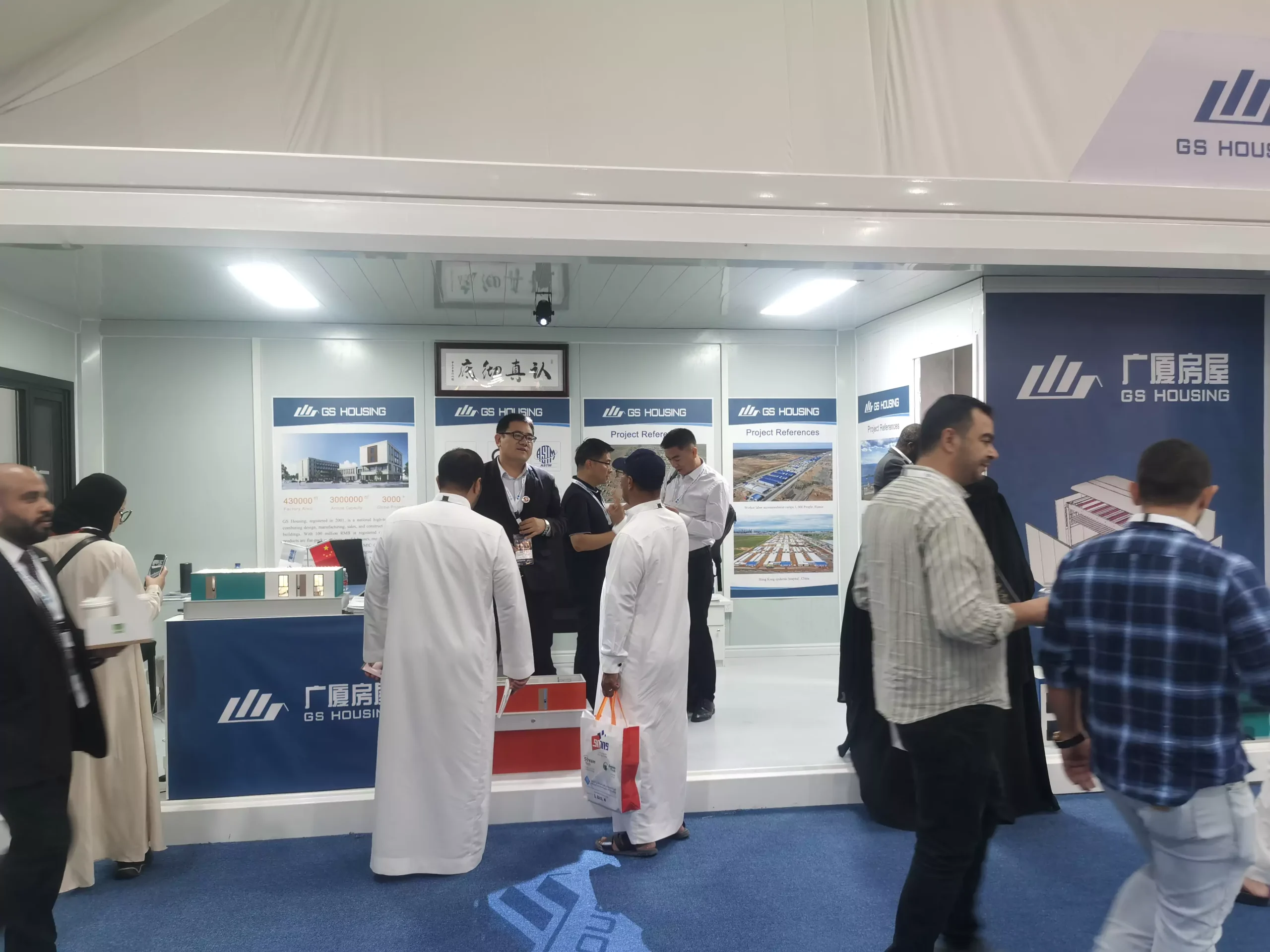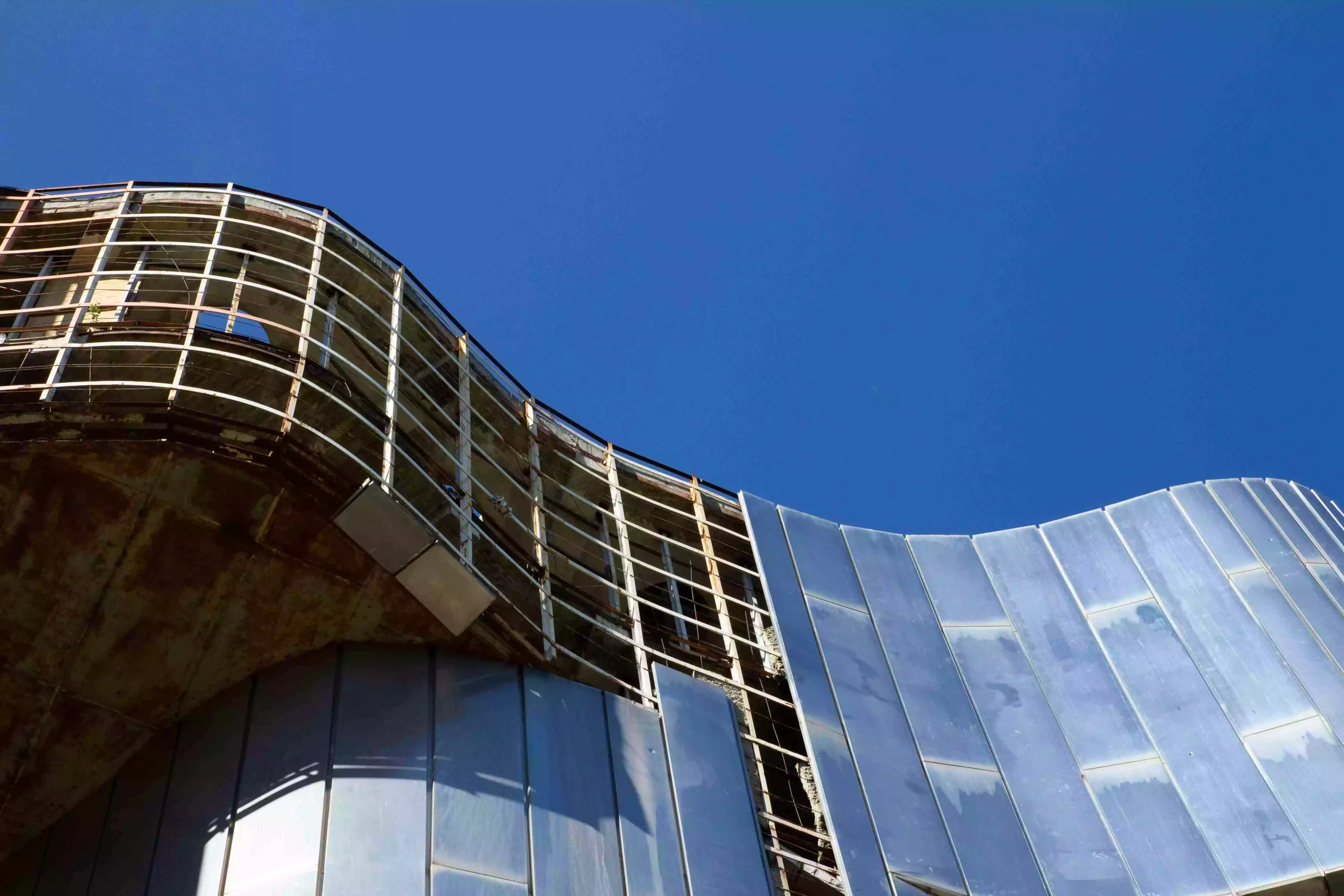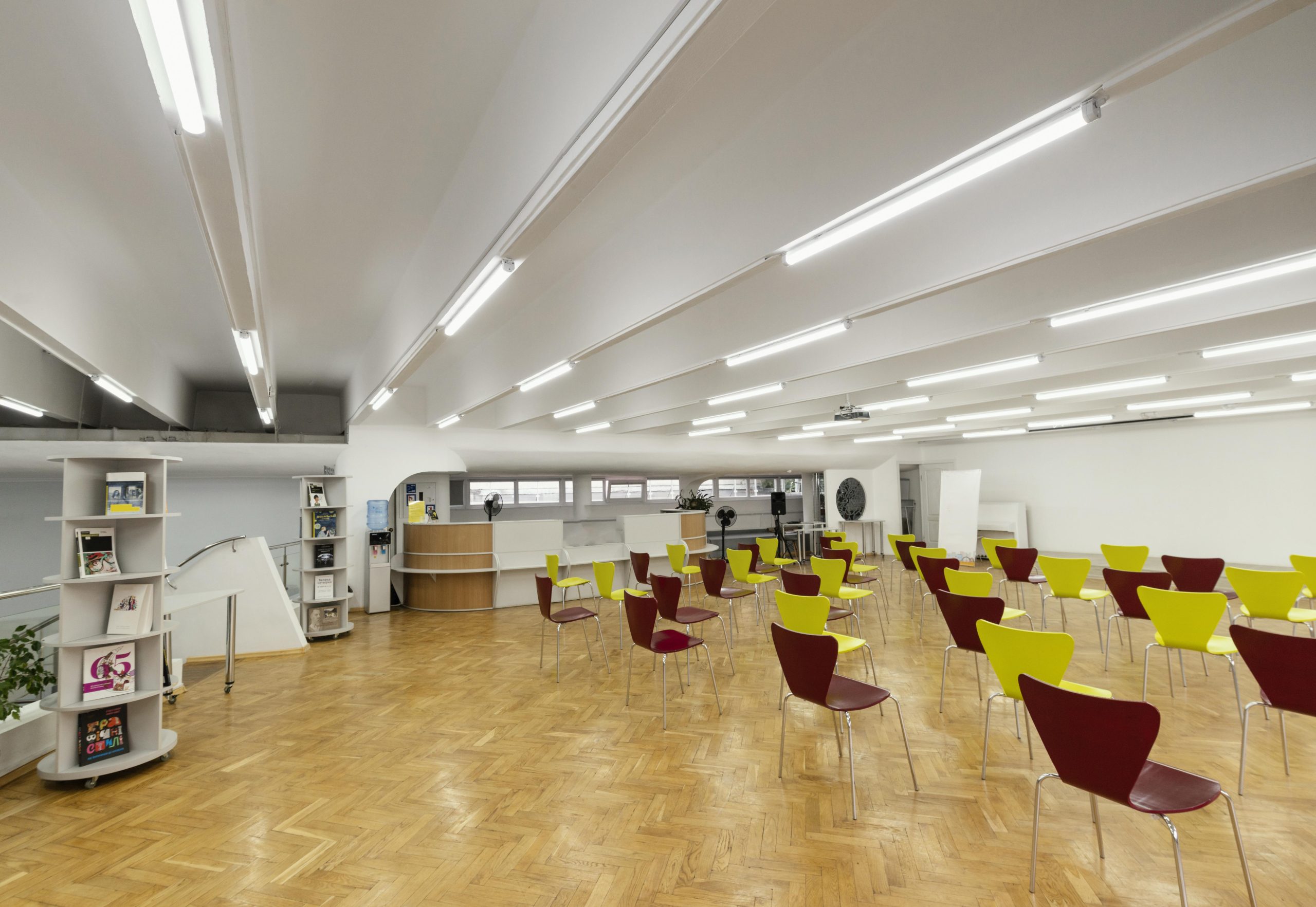How Modular Integrated Construction Save the Construction Cost
How Modular Integrated Construction Save the Construction Cost
Modular Integrated Construction (MIC) can significantly save construction costs in several ways. MIC boosts productivity, cuts costs, and optimizes management for efficiency.
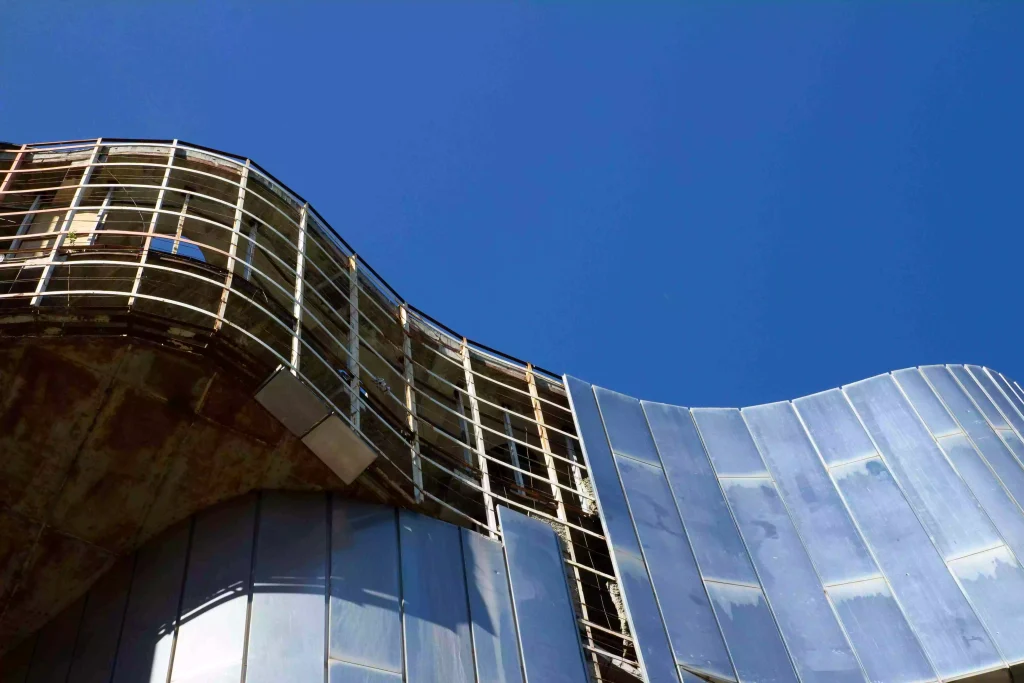
Cost Efficiency in Modular Integrated Construction
Savings in Construction Costs
A Hong Kong Institution of Engineers study reveals that Modular Integrated Construction (MIC) can reduce building costs by approximately 6% for high-rise concrete modular staff quarters, and 7% for steel modular high-rise apartment developments compared to traditional construction methods.
Reduction in Material Wastage
Modular integrated construction significantly reduces material wastage compared to traditional building methods. The use of factory-based production means that material is measured and cut exactly, resulting in minimal waste and offcuts.
Using only the necessary amount of materials is a cost-saving factor for companies and also addresses environmental sustainability during the manufacturing process. When in a controlled environment, we can prefabricate components to eliminate errors that should have happened on-site, thus there is no need for more materials.
Optimized Use of Resources
Modular construction facilities are usually controlled environments and they provide room to make optimum utilization of the available resources. In traditional construction, resource management can be erratic and unpredictable, caused by site conditions, human errors, and unpredictable site conditions. Modular construction is more precise and efficient, as it consolidates production in specialized factories — thereby allowing for better resource utilization.
Bulk Purchasing Benefits
These bulk purchases present another benefit of cost savings. Because modular construction companies buy materials in bulk for several different projects, they can negotiate with suppliers for more attractive prices. This facilitates an overall material cost reduction and leads corporates toward the cost efficiency of modular integrated construction for large-scale projects.
Time Savings and Its Impact on Cost Reduction
Accelerated Project Timelines
The ability to speed up project schedules is perhaps the most attractive aspect of modular integrated construction. Factory-based prefabrication can run along with the site preparation, significantly reducing the total project time. As an example, modular parts can be produced while the foundations are being constructed on-site — an approach not possible using conventional processes.
Minimizing On-Site Delays
The modular house is reimagining traditional construction, which is usually delayed by weather, manpower or logistics. This is where modular integrated construction comes in to reduce these risks by taking most of the work off-site inside factories. This ensures a timely delivery and minimizes the risks of unexpected costs due to delays.
Parallel Processes in Factory and On-Site Work
The parallel execution of factory production and on-site activities exemplifies the efficiency of modular integrated construction. While site preparation progresses, modules are manufactured concurrently in factories equipped with advanced machinery like CNC flame-cutting machines and plasma-cutting systems. This synchronized workflow shortens project durations significantly compared to traditional sequential processes.
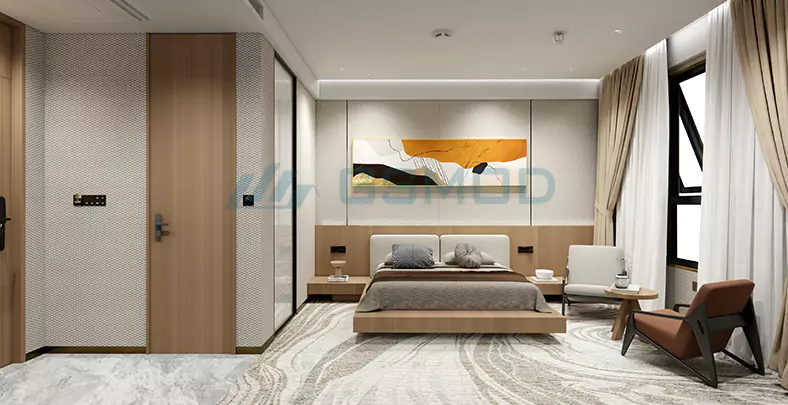
Labor Cost Management with Modular Integrated Construction
Reduced On-Site Workforce Requirements
This means that modular integrated construction uses fewer on-site workers who conduct most of the work at factories. This allows for lower labor costs related to transportation, lodging and daily wages of on-site personnel. It also reduces worker safety hazards since they spend less time working under conditions that can be dangerous on the site.
Enhanced Labor Productivity Through Automation
For modular integrated construction facilities, automation is important in improving labor productivity. Precision and consistency are assured when using high-tech equipment, such as robotic welding systems, and human error is also reduced. These improvements allow for higher production rates in an economy without sacrificing quality, ultimately saving money for developers.
For innovative modular housing system solutions, GS Housing provides over two decades of industry expertise. With their end-to-end services ranging from design and production to installation and aftercare, they cater to various project needs.
Quality Control and Its Contribution to Cost Savings
Factory-Controlled Production Standards
The modular integrated construction, wherein factory conditions dictate production standards, is crucial for quality and costs. This method minimizes the variability and error in the construction process which comes from traditional on-site construction by consolidating the entire production within controlled, regulated environments.
Strict standards minimize the waste of the material and also the rework leading to significant cost savings. The same homogeneity in factory production also increases structural longevity, which decreases maintenance costs over the long term.
Lower Maintenance and Repair Costs
Modular construction materials, for example, galvanized steel profiles and hydrophobic basalt wool insulation, are made to last and withstand environmental aggression. One example is graphene electrostatic spraying on structural components to achieve corrosion protection for up to 20 years.
Sustainability Benefits Leading to Cost Reduction
Energy Efficiency in the Manufacturing Process
Energy efficiency is at the heart of modular integrated construction. A unified method of production utilizes technology for energy optimization and minimizes the amount of energy used compared to older techniques.
For instance, in factories, the use of automated systems helps to reduce energy usage while producing the most industry output. Aluminum-zinc-coated steel panels serve to improve the thermal insulation of completed buildings and reduce energy demand for either heating or cooling.
Reusability of Modular Components
One of the most characteristic aspects of modular integrated construction is that they can be recycled. These modular constructs are contemplated for disassembly and reuse, as they can be repurposed for other projects or at other locations without much degeneration.
GS Housing’s Role in Modular Integrated Construction Projects
GS Housing’s Innovative Products for Cost-Effective Solutions
As a large modern company, GS Housing is a leader in the field of modular integrated construction, providing unique products, and serving customers seeking cost-effective solutions. This is represented well in their modern, quick-assembly housing systems which are built using premium materials such as SGC340 galvanized cold-rolled steel profiles for structural strength.
More premium sealing performance and less burning wallboard make sure its items are within the standard economical, yet keep protective and power assessment affordable. This is a further testament to the company’s commitment to quality, through a full testing process of air tightness and load-bearing tests.
Recommendations for Implementing GS Housing’s Products in Projects
GS Housing believes that project managers can enjoy all the benefits provided by modular solutions by incorporating these products as early as they can plan and design stages. Its custom design options enable developers to customize structures to meet specific project requirements while meeting the local code.
Moreover, their one-stop services from design to production to installation maximize project workflow efficiency and lower logistics complexity. With GS Housing’s prefabricated systems, not only are construction time frames reduced, but the quality or sustainability is not sacrificed, either.
FAQs
Q1. Why are production standards set and managed at the factory level?
A: They help in precision manufacturing in controlled environments and reduce material wastage by minimizing errors that can be too expensive to rework.
Q2: How does Modular Integrated Construction contribute to cost efficiency in construction projects?
A: Modular Integrated Construction (MIC) contributes to cost efficiency by utilizing multi-purpose construction machinery, which maximizes savings.
Q3. What makes GS Housing products the first choice for modular integrated construction?
A: Their designs integrate materials of increased quality along with the use of advanced technology, such as fire resistance and sealing performance, providing customizable solutions for varying project needs.
Prev:Modular Integrated Construction (MIC): Redefining Sustainable Urban Futures
Next:Why Light Steel Homes Are Ideal for Educational Infrastructure Development



